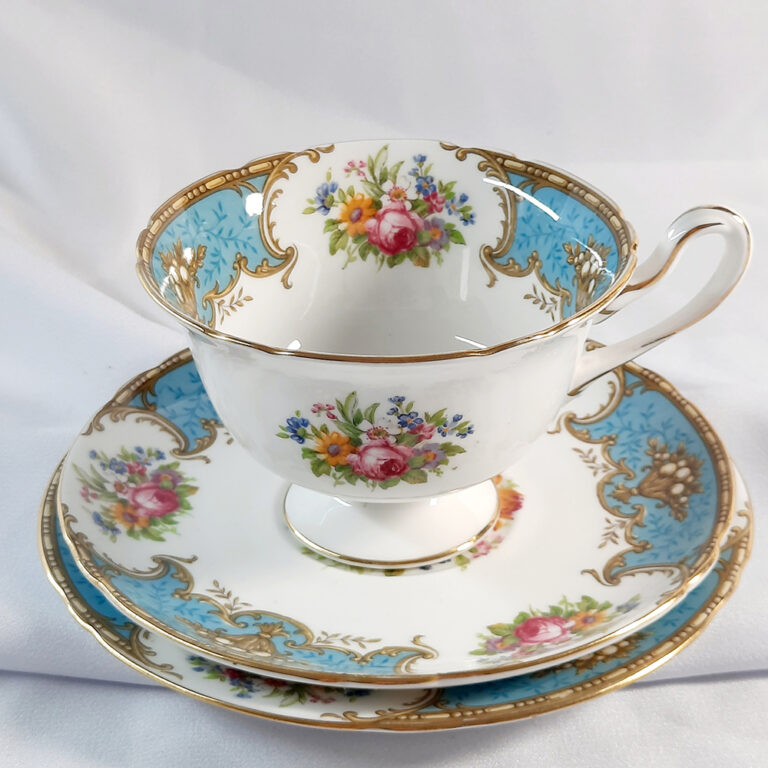
Chinaware is a type of ceramic that has been prized for centuries for its beauty and durability. From porcelain to bone china, earthenware, stoneware, faience, and majolica, each type has its own unique characteristics and history. Porcelain, for example, was known as "white gold" in ancient China, while bone china was first developed in 18th-century England. Earthenware, stoneware, faience, and majolica also have a rich history dating back to ancient civilizations. Chinaware is not only functional but also a decorative item that was highly prized by the wealthy elite. Today, chinaware is still highly prized and is a popular choice for antique collectors.
Porcelain
Porcelain is a type of ceramic that has been prized for centuries for its beauty and strength. Made from a mixture of kaolin clay and feldspar, porcelain has a delicate, translucent appearance that makes it perfect for both functional and decorative pieces. The history of porcelain can be traced back to ancient China, where it was first developed during the Tang Dynasty. It was known as "white gold" and was highly prized by the Emperors and the wealthy elite. Later, it was exported to Europe, which was a major market, and it was considered a luxury item. Today, porcelain is still appreciated for its beauty and durability and is a popular choice for antique collectors.
Bone China
Bone china is a type of porcelain that is made with bone ash, which gives it a delicate, translucent appearance that is similar to porcelain. The history of bone china can be traced back to 18th century England, where it was first developed. It was a luxury item that was highly prized by the wealthy, and it was often used to make fine dinnerware, vases, and figurines. Today, bone china is still highly prized for its beauty and delicacy, and it is a popular choice for antique collectors.
Earthenware
Earthenware is a type of ceramic that is made from clay and fired at lower temperatures. As a result, it is porous and less durable than other types of ceramics. The history of earthenware can be traced back to ancient civilizations such as the Egyptians, Greeks, and Romans, who used it to make a wide variety of functional and decorative objects. Today, earthenware is still appreciated for its rustic charm, and it is a popular choice for antique collectors.
Stoneware
Stoneware is a type of ceramic that is made from stoneware clay and fired at higher temperatures, resulting in a strong and durable material. The history of stoneware can be traced back to ancient civilizations, such as the Chinese, who used it to make a wide variety of functional and decorative objects. Today, stoneware is still appreciated for its durability, and it is a popular choice for antique collectors.
Faience
Faience is a type of earthenware that is glazed and decorated, often with bright colours and intricate designs. The history of faience can be traced back to ancient civilizations, such as the Egyptians and Mesopotamians, who used it to make a wide variety of functional and decorative objects. Today, faience is still appreciated for its bright colours and intricate designs, and it is a popular choice for antique collectors.
Majolica
Majolica is a type of earthenware that is glazed and decorated with a tin glaze, often with bright colours and intricate designs. The history of majolica can be traced back to medieval Europe, where it was first developed. It was a luxury item that was highly prized by the wealthy, and it was often used to make fine dinnerware, vases, and figurines. Today, majolica is still highly prized for its beauty and delicacy, and it is a popular choice for antique collectors.
Collecting Chinaware
Storing, maintaining, and cleaning chinaware is essential to preserving its beauty and longevity. Here are some tips for keeping your chinaware collection in top condition:
Storing
When storing chinaware, it's important to protect it from damage. Avoid stacking pieces on top of one another, as this can cause chipping or scratching. Instead, wrap each piece in acid-free tissue paper or bubble wrap and place it in a sturdy box or container. Be sure to store your chinaware in a cool, dry place, away from direct sunlight and extreme temperatures.
Maintaining
To maintain the beauty of your chinaware, it's important to handle it with care. Avoid using abrasive cleaning products or scrubbers, as they can damage the glaze. Also, avoid exposing your chinaware to harsh chemicals or extreme temperatures, as this can cause discolouration or cracking.
Cleaning
To clean your chinaware, use mild detergent and warm water. Avoid using boiling water, as it can cause the porcelain to crack. Gently wash each piece by hand, using a soft sponge or cloth. Rinse thoroughly and dry with a soft cloth. If your chinaware is particularly dirty or stained, you may need to use a specialized cleaner specifically designed for porcelain or bone china.
Overall, it's important to handle and care for your chinaware with the utmost care. With proper storage, maintenance, and cleaning, your chinaware will remain beautiful for years to come.